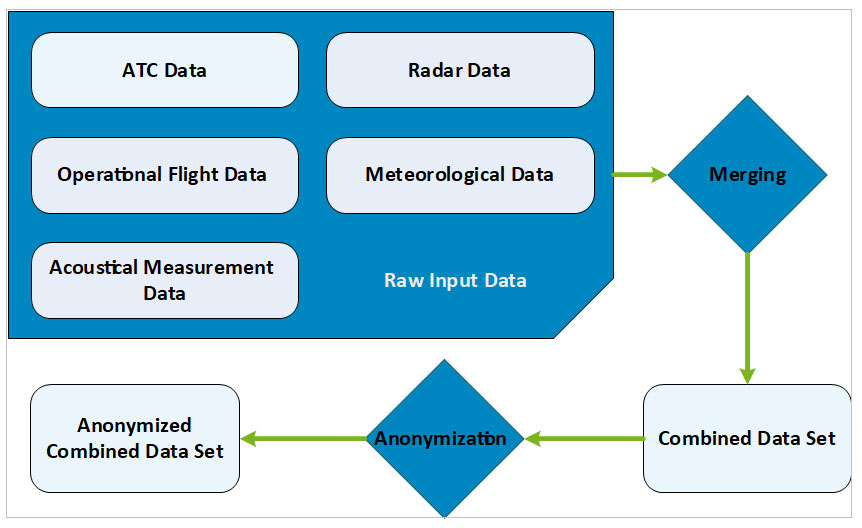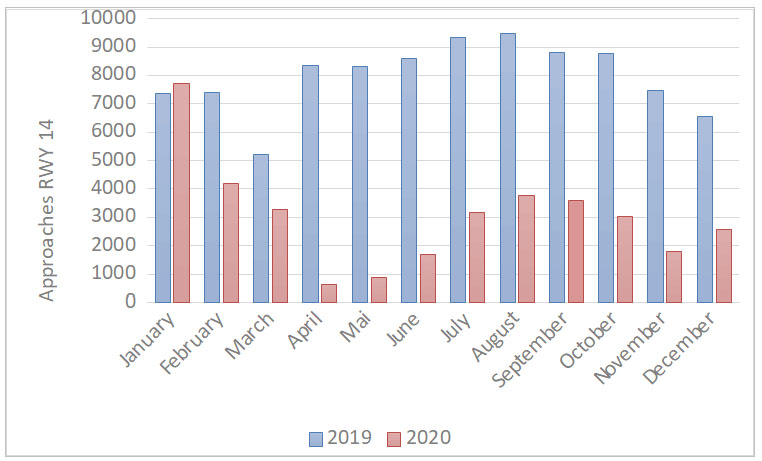Finding ways to make aviation as environmentally efficient as possible is a top priority for SESAR 2020 research and innovation programme. The DYNCAT project is analysing in detail operational datasets to see how to make the approach phase greener. In this Q&A, DYNCAT researcher, Christoph G. Kühne from German Aerospace Center (DLR), describes the available data, why it is needed and what needs to be done before any analysis can begin!
Which data are available and why are they needed?
Data and lots of it from a wide array of sources are needed to really understand what factors impact the efficiency of aircraft during the approach phase of flight. For a start, data are needed to understand the current situation at the airport, e.g. the traffic distribution and weather conditions. This is provided by radar data of the outgoing and incoming air traffic at the airport and meteorological data. Detailed data are also needed about the flights themselves. In our project, we are using data from more than 500 selected flights at Zurich airport: operational flight data from the aircraft itself (e.g. fuel consumption, gross weight, flap and gear selection, speeds); data from radio communication between air traffic control and the flight in question (which contains ATC instructions, restrictions and clearances); and finally acoustical measurement data to investigate the noise impact.
Why do data need to be processed before distribution to the project participants?
Before our researchers can get going, the raw data needs to be merged into a data set for every flight investigated so that a common data format can be created (Fig.1). This enables a common data base for the project participants and simplifies the cooperation when working with these data in further project work. Added to that, the data must be anonymised in order to protect the pilots’ privacy by deleting unnecessary information from the raw data and normalising the timeline.

Figure 1: Dataflow from raw data to the anonymised combined data set with merging and anonymization.
What were the challenges due to the COVID pandemic in carrying out this data fusion?
Due to the COVID pandemic there are additional efforts but no changes in the time plan, nor will future work be affected. The major change was the cancellation of the originally planned measurement campaign due to significantly lower flight movements compared to pre-pandemic times (Fig.2). Instead historic data from August to November 2019 are being used, which represents a pre-pandemic situation. Acoustical measurements are also available, which will be used to validate an existent noise simulation tool to simulate data for all other flights without acoustical measurements.

Figure 2: Development of approaches on runway 14 at Zurich airport during the Covid-19 pandemic. Source: Zurich Airport
This project has received funding from the SESAR Joint Undertaking under the European Union's Horizon 2020 research and innovation programme under grant agreement No 893568
